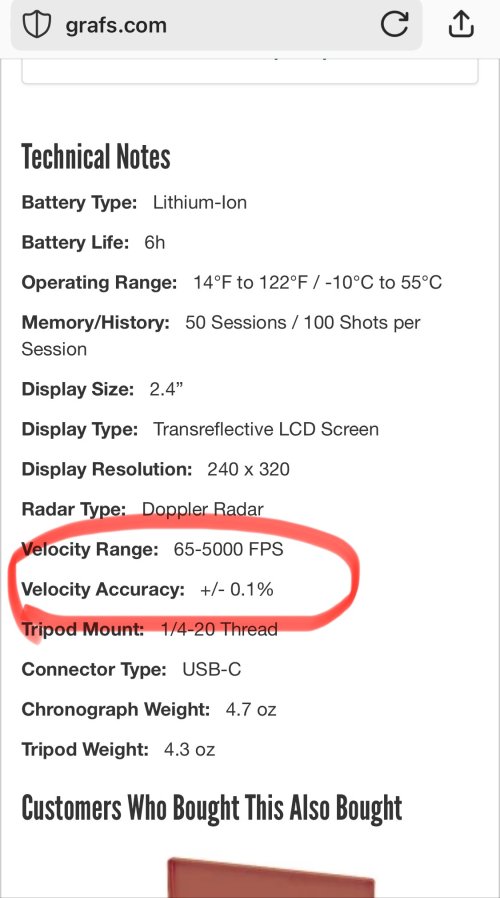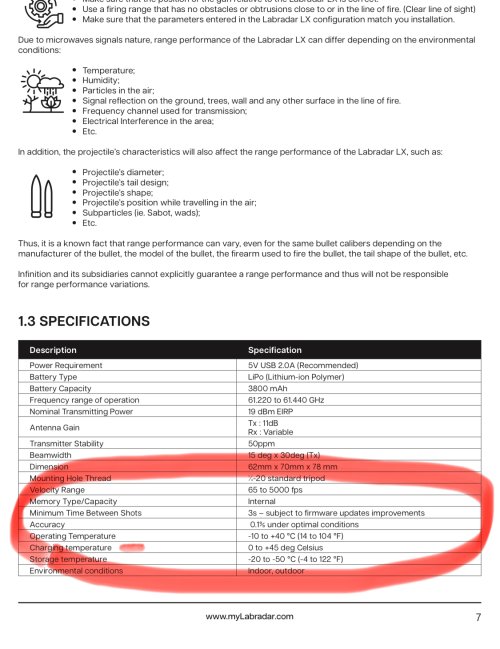So how does the accuracy of the new Doppler-based chronographs truly compare with that of the earlier models that use a much more simple approach? How would anyone know which models are truly the most accurate when you consider the lack of independent testing against a known standard? Are we to continue on the current path where accuracy is assumed in relation to price using numbers quoted by the manufacturer?
Last edited:







